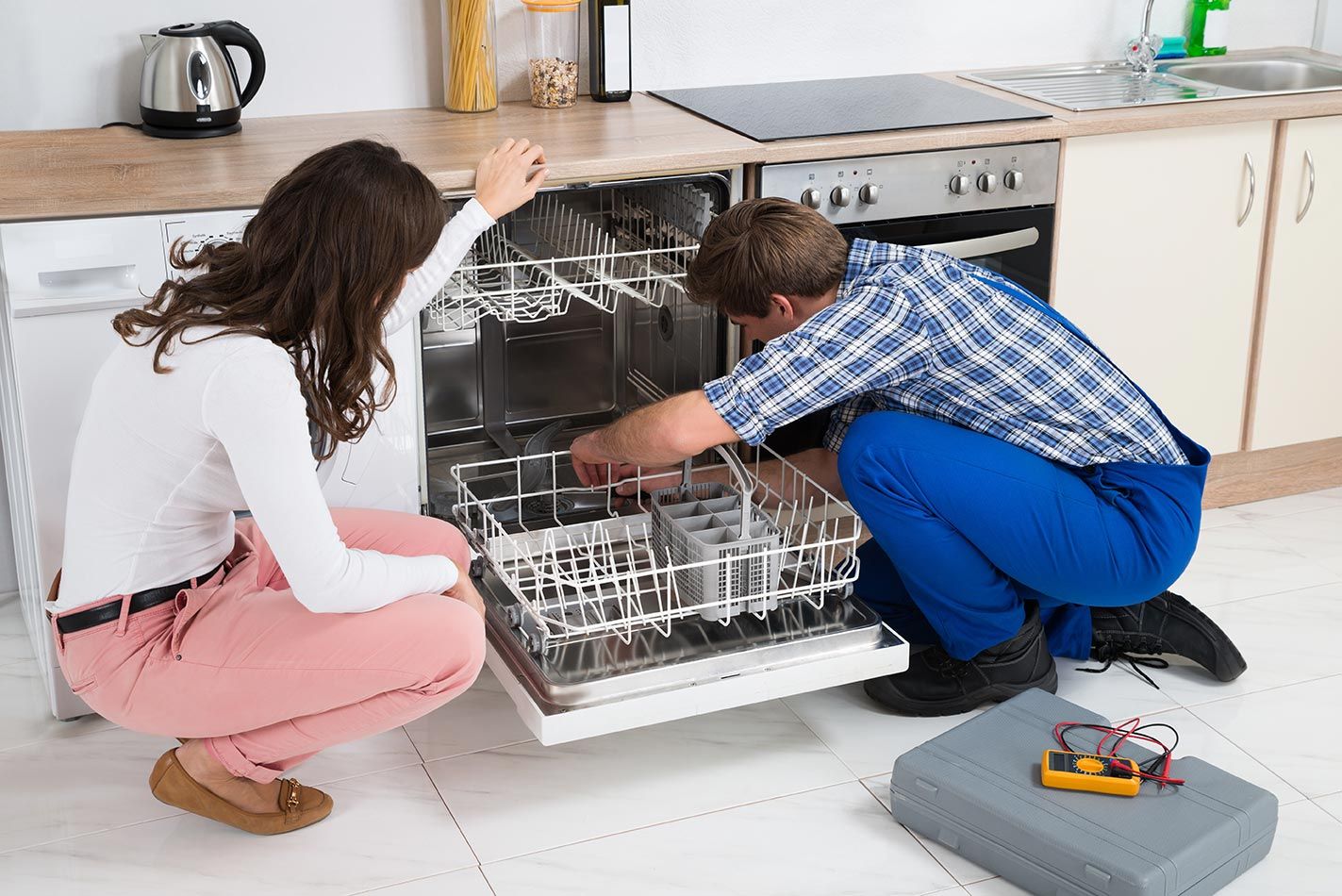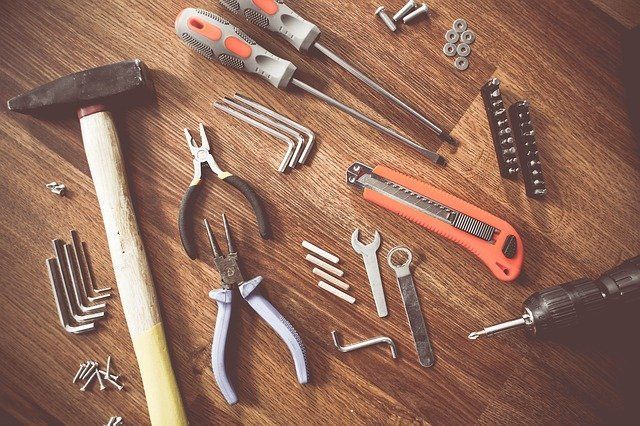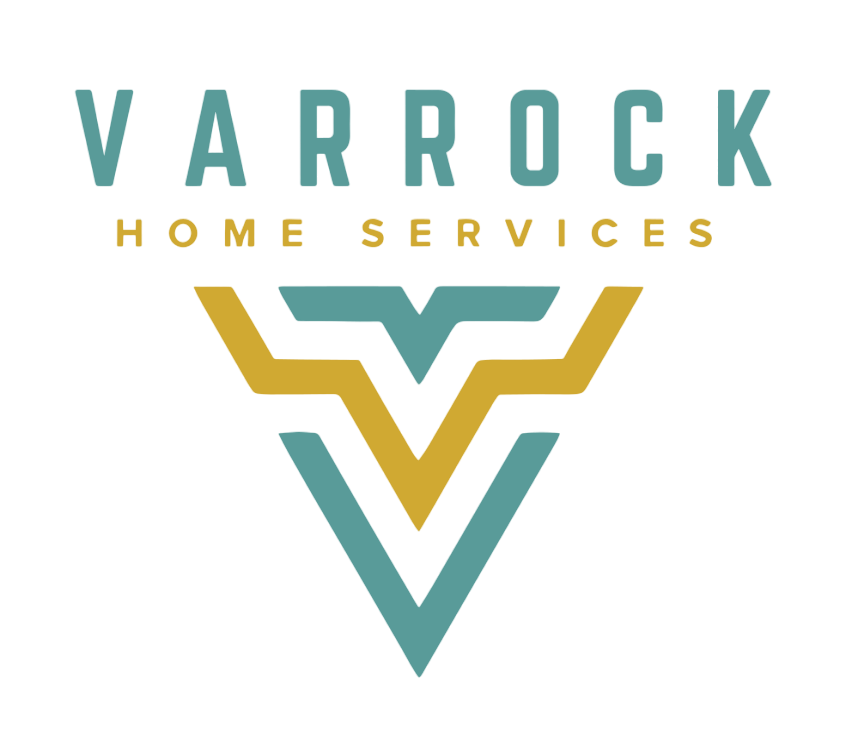Blog Layout
Refrigerator Appliance Installation: A Comprehensive Guide
July 15, 2024
Refrigerators are essential appliances in every household.
A well-installed refrigerator ensures optimal performance and longevity. This guide will provide you with valuable information about refrigerator appliance installation, from choosing the right location to troubleshooting common issues.
Choosing the Right Location
Accessibility:
Ensure the refrigerator is easily accessible for opening doors and loading or unloading food. Consider the proximity to other appliances or furniture that may hinder access.
Ventilation: Adequate ventilation is crucial for proper cooling and energy efficiency. Avoid placing the refrigerator near heat sources like ovens or radiators. Ensure there's enough space around the unit for air to circulate freely.
Level Surface: A level surface is essential for proper operation and prevents the refrigerator from rocking or vibrating. Use a leveler to ensure the unit is stable.
Electrical Outlet: Verify that there's a dedicated electrical outlet near the chosen location. Ensure the outlet is grounded and can handle the refrigerator's power requirements.
Preparing for Installation
Clear the Area: Remove any obstacles or clutter from the installation area to provide ample space for maneuvering the refrigerator.
Unpack Carefully: Carefully unpack the refrigerator, ensuring no components are damaged during the process. Refer to the manufacturer's manual for specific instructions.
Clean the Interior: Before plugging in the refrigerator, clean the interior to remove any dust or debris.
Installation Process
Leveling: Use the adjustable leveling feet to ensure the refrigerator is perfectly level. Refer to the manufacturer's manual for specific instructions on leveling the unit.
Connecting Utilities: Plug the refrigerator into the dedicated electrical outlet. If applicable, connect the water supply line for refrigerators with water dispensers or ice makers.
Allow for Settling: After connecting the utilities, allow the refrigerator to sit for at least 24 hours before plugging it in. This allows the refrigerant to settle, ensuring optimal performance.
Troubleshooting Common Issues
Not Cooling: Check if the refrigerator is plugged in, the door seals are intact, and the unit is properly ventilated. If the issue persists, contact a professional technician.
Noise: Excessive noise can be caused by various factors, such as unbalanced loads, loose components, or a faulty compressor. Consult the manufacturer's manual or contact a technician for assistance.
Water Leaks: Water leaks can be caused by a clogged drain, a faulty water inlet valve, or a damaged water line. If you're unable to resolve the issue, seek professional help.
Door Won't Close: Ensure there are no obstructions preventing the door from closing properly. Check the door seals for damage or wear. If necessary, adjust the door hinges or contact a technician.
Professional Installation
While you can attempt to install a refrigerator yourself, professional installation can ensure proper setup, prevent damage, and guarantee optimal performance. A technician can also provide valuable advice on maintenance and troubleshooting. By following these guidelines and addressing any issues promptly, you can ensure that your refrigerator operates efficiently and provides reliable service for years to come.

By Just Done!
•
September 2, 2024
Dishwashers have become an indispensable appliance in modern homes, simplifying the task of cleaning dishes. Proper installation is crucial for ensuring optimal performance and longevity. This guide will provide you with valuable information about dishwasher appliance installation, from choosing the right location to troubleshooting common issues. Choosing the Ideal Spot Proximity to Sink: Ideally, the dishwasher should be located near the kitchen sink for easy loading and unloading. Plumbing Lines: Ensure there are available plumbing lines for water supply and drainage near the chosen location. Electrical Outlet: Verify that there's a dedicated electrical outlet within reach of the dishwasher. Cabinet Space: Measure the available cabinet space to ensure the dishwasher will fit properly. Preparing for Installation Clear the Area: Remove any obstacles or clutter from the installation area to provide ample space for maneuvering the dishwasher. Unpack Carefully: Carefully unpack the dishwasher, ensuring no components are damaged during the process. Refer to the manufacturer's manual for specific instructions. Clean the Interior: Before plugging in the dishwasher, clean the interior to remove any dust or debris. Installation Steps Leveling: Use the adjustable leveling feet to ensure the dishwasher is perfectly level. Refer to the manufacturer's manual for specific instructions on leveling the unit. Connecting Plumbing: Connect the water supply line to the dishwasher, ensuring a tight seal. Connect the drain hose to the garbage disposal or a drainpipe. Electrical Connection: Plug the dishwasher into the dedicated electrical outlet. Testing: Run a test cycle to ensure the dishwasher is functioning properly. Check for any leaks, unusual noises, or incorrect water temperature. Addressing Common Problems Leaking: Check the water supply line connections, drain hose, and door seal for leaks. If the issue persists, contact a professional technician. Not Cleaning Dishes: Ensure the dishes are loaded correctly, the detergent dispenser is filled, and the water temperature is set appropriately. If the problem continues, check for a clogged spray arm or filter. Unusual Noises: Excessive noise can be caused by various factors, such as unbalanced loads, loose components, or a faulty pump. Consult the manufacturer's manual or contact a technician for assistance. Error Codes: If your dishwasher displays error codes, refer to the manufacturer's manual for troubleshooting guidance or contact a technician. Professional Installation While you can certainly try to install a dishwasher yourself, professional installation offers several advantages. By hiring a professional installer, you can guarantee proper setup and optimal performance.They can also provide valuable tips to keep your appliance running smoothly. By following these guidelines and addressing any issues promptly, you can enjoy a long-lasting and efficient dishwasher.

By Varrock Home Services
•
May 17, 2024
Varrock Home Services is a team of professionals who will start and complete your installation the right way the first time. If you’re looking for the highest quality work from a professional, reliable, and honest installation company in Edmonton and the surrounding area, you’ve come to the right place. Varrock Home Serivices is a professional home improvement, appliance installation and repair company. We offer a wide variety of services, ranging from small projects such as repairing drywall, painting, replacing interior and exterior doors or windows, plumbing, cleaning gutters, carpentry, electrical repair and installation, to recycling old refrigerators and stoves, while delivering and installing your new appliances. Our company takes great pride in the quality and care of the work that we provide to our customers. Our technicians are experienced in every area of appliance installation that a homeowner may need. We will complete the task to your 100% satisfaction. Our business is founded on customer satisfaction and a growing list of referrals. We take pride in the fact the many of our customers are long term and continue to rely on our installation services for months and years to come. We understand that small projects are as important as large projects for your home. We are known for our customer service. We will work with you during every step of the job to help ensure your complete satisfaction. We want to make sure we understand exactly what you’re looking for so that the result will satisfy your expectations. Whether you need a ventilation system put in place or simply installing a new microwave or dishwasher, we can accommodate all your needs. Dependable & Affordable Save yourself time, money and energy by relying on Varrock Home Services for all your home improvement needs. We’re sure your home will be more comfortable and enjoyable. Expert & Friendly As your one-stop shop for home improvement services, our professionals will keep your house looking great while keeping you and your family safe. Free Estimates We will come out and give you a Free estimate on all your projects. Schedule your appointment today!
SITEMAP
BUSINESS HOURS
- Mon - Fri
- -
- Saturday
- -
- Sunday
- Closed
WEB DEVELOPMENT & SEO BY WEST COAST DIGITAL

